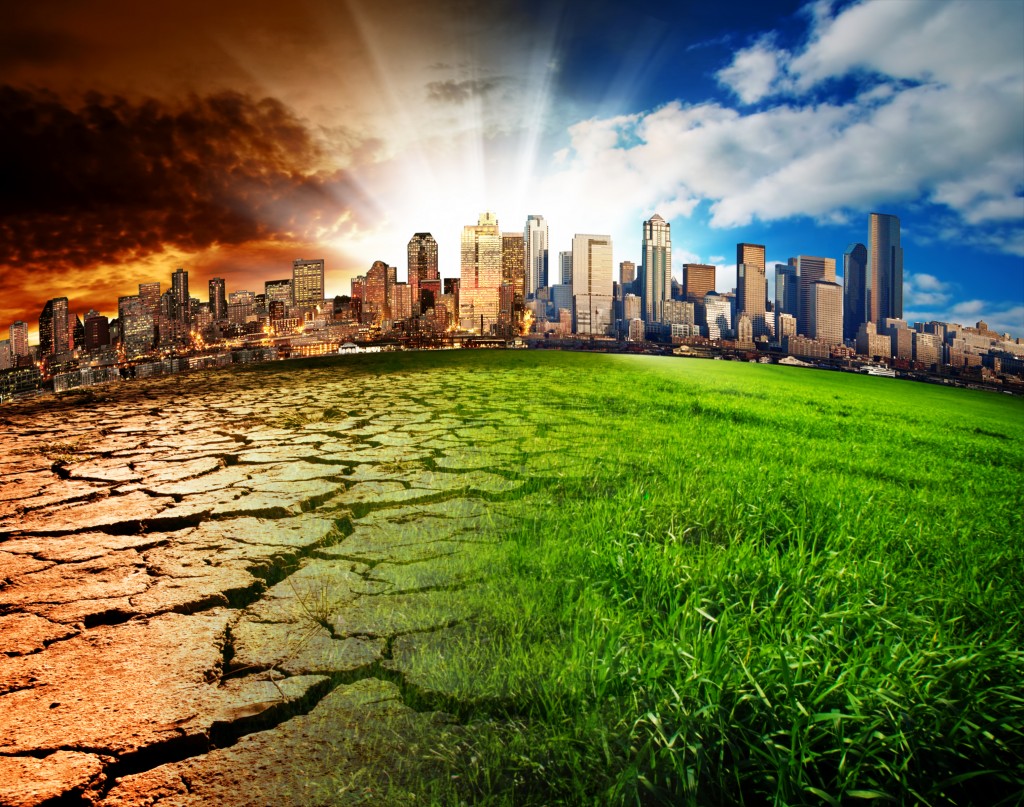No matter the debates on who is to blame or who has the responsibility to mitigate it, the impacts of climate change are felt by everyone on the planet.
Technology is being used to alleviate, even just a bit, the effects of extreme weather conditions. Wide-scale planting of trees is done through drone seeding, satellites are used to spot environmental dangers like methane leaks, and traditional systems in agriculture are mixed with modern technology to make arid land conducive for food production.
These are technologies that are used for large-scale solutions. What are available for us, innovations that could immediately impact our daily lives? Buying these machines meant for whole communities would not be practical, if not too expensive, for a common family’s budget. Right now, let’s leave these high-tech innovations to governments and check out the simpler options that are more accessible to us.
Transportable homes
Because of the changing weather patterns and the increase in the severity of weather disturbances, the characteristics of places are also changing. Some areas, especially those that had been floodplains before but had dried up over the decades, are once more inundated by floods. In some areas, their waterbeds have dried up because of prolonged droughts. What used to be communities with great living conditions might now have difficulties obtaining clean groundwater.
Due to these situations, selecting a good community to live in has become uncertain. But thankfully, we are no longer tied up to a piece of land thanks to the home alternatives we now have.
Mobile homes have become popular thanks to TV shows, and social media accounts focused on DIY Recreational Vehicles. Young couples, most of them still without children, transform old buses into mobile homes. Thanks to this, a lot of the young generations are captivated by the lifestyle of exploration. With this kind of living, building permanent homes may not be that important anymore for families in the future.
Of course, there are still a lot of people who could not let go of the traditional concept of homes. We have the innovative kit homes that could easily be built and packed up for a more grounded structure. They are not attached to vehicles. Rather, they could be dismantled and assembled easily. These homes could even be treated as emergency shelters if you live in an area prone to flooding. You could set it up in your backyard as a spare room for guests. Once the need for evacuation is sounded, you could pack it up and move to secure ground.

Green homes
For people who are willing to gamble on a piece of land and establish permanent foundations, green homes could help lessen extreme weather impacts. Due to the higher temperatures during summer, air conditioners and coolers are on overdrive. Winters are also colder, so the electricity consumption goes up once more to heat houses.
Green homes utilise architectural design for shading, maximising the flow of wind for cooling off, and the sun’s trajectory for light and heating. They also incorporate renewable energy into parts of the house. For example, the roof, traditionally made of either stone or steel, could still transmit heat into the house during sweltering days. A green home design could alleviate this by adding solar panels that would serve as a second layer of roofing. Not only will it block some heat, but it also generates electricity to power up some basic household needs.
For the toilet, there is the EcoSan toilet system where human urine could be used as fertiliser, given the proper treatment. There’s still a lot of research on the safe use of human waste, but this kind of toilet system is ready should there be treatments sufficient to kill pathogens in human waste. But even without using the waste, the separate chambers in the toilet bowls do not require water to flush, and the waste could be buried safely in the soil as it’s covered with either lime or ash.
Urban gardening
It’s not new. Rather, it’s a system that has been overlooked for a long time. The pandemic and the consequent lockdowns have highlighted urban food security. And because of the limitations of land that could be tilled in city centers, container gardening became more popular.
There’s also a clamor to use vacant areas in urban centers for food gardening, and technology is getting better at supporting vertical gardens in tight spaces. If you don’t have a backyard, you could look at different tips on container gardening inside your home to make the plants survive throughout the seasons.
The Covid19 pandemic has made us more apprehensive of our future. Some experts argue that this was partly because of climate change, that the interaction between humans and animals has also changed. But whatever future lies ahead; we could prepare for it with innovative technologies we already have.

